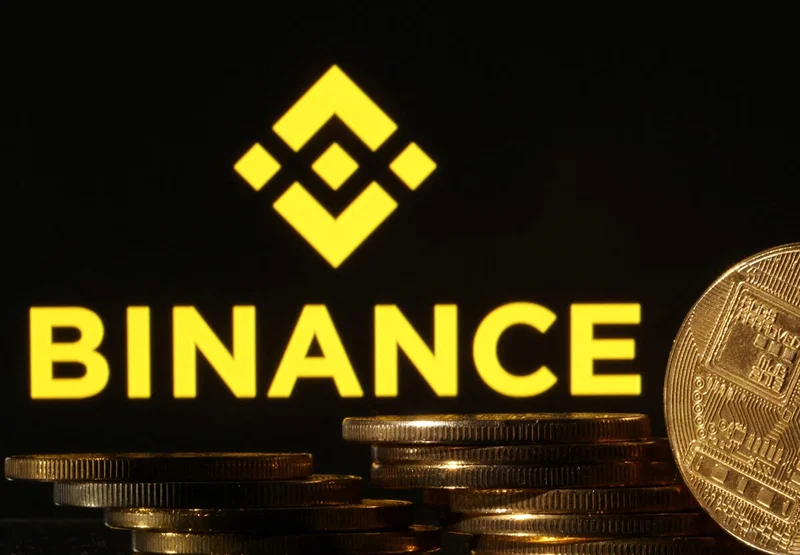The Unseen Clause in Binance's India Deal
The news of an Indian tax authority targets over 400 wealthy Binance traders in tax evasion probe: report shouldn't come as a surprise to anyone who reads the fine print. This isn't a random audit or a sudden crackdown. It’s the logical, calculated outcome of a deal struck months ago. When Binance paid a $2.25 million penalty to re-enter the Indian market in August 2024, the fee was just the cover charge. The real price of admission, it seems, was access to its user ledger.
The sequence of events is too clean to be a coincidence. In late 2023, India’s Financial Intelligence Unit (FIU) blocked Binance, along with eight other exchanges, for operating illegally and failing to comply with anti-money-laundering laws. Fast forward to August 2024: Binance pays its fine and, critically, registers as a "reporting entity" with the FIU. Just a couple of months later, an internal message from the Central Board of Direct Taxes sets an October 17 deadline for departments to report action against hundreds of traders. The report from The Economic Times explicitly states that Binance’s registration "paved the way" for this probe.
This is the part of the narrative that I find genuinely puzzling from a user-trust perspective. Did anyone at Binance truly believe they could register as a reporting entity with a government notoriously hostile to crypto and not be compelled to share extensive user data? Or was this simply the cost of doing business, a calculated risk where the privacy of a few hundred—or a few thousand—users was deemed an acceptable loss for access to the world’s most populous market?
The incentive for tax evasion in India is glaringly obvious when you examine the numbers. Traders face a 30% flat tax on profits, a 1% upfront withholding tax on every single transfer, and a 4% cess. For top-bracket individuals, surcharges can push the effective tax rate to around 42%—to be more exact, 42.74%. This isn’t a tax policy designed to encourage participation; it’s a punitive framework designed to disincentivize private crypto activity while the government develops its own central bank digital currency (CBDC). When you erect a financial wall that high, you can’t be shocked when people look for ways around it. The question is, who provided the government with the ladder to look over that wall?

The Data Dragnet and the Definition of "High-Net-Worth"
The investigation itself is a fascinating case study in regulatory leverage. By becoming a "reporting entity," Binance effectively handed the Indian government a key to its supposedly walled garden. The current probe is targeting trades from 2022 to 2025, a three-year window that suggests authorities are looking for patterns of behavior, not just a single year of undeclared gains. They are even scrutinizing peer-to-peer (P2P) transactions settled through domestic bank accounts and Google Pay, demonstrating a level of granularity that can only come from direct access to platform data.
This brings up a crucial methodological question: how are Indian authorities defining a "high-net-worth" trader in this context? The reports are silent on the specifics. Is it based on total trading volume, realized profit, the size of a single transaction, or some other metric? Without that definition, it’s impossible to know if the government is targeting sophisticated whales or simply active retail traders who got caught in a wide net. The distinction is critical. Did Binance hand over a raw data dump for the government to sift through, or did it provide a curated list based on criteria dictated by the FIU?
Binance's re-entry into India is like a modern-day Trojan horse, but with a twist. The company wheeled the gift up to the gates of the Indian market, hoping to win back its users. But once inside, the doors swung open and it was government tax inspectors who poured out, armed with Binance's own data. The $2.25 million penalty was a pittance. The real cost was the implicit agreement to act as a deputized enforcement arm for the tax office.
This isn't just an Indian story. It's a blueprint. For any global crypto exchange, this situation presents a stark choice: remain locked out of a major market or become an extension of that market's regulatory apparatus. As other nations with high crypto taxes (and a desire for greater fiscal control) watch this unfold, they are likely taking notes. What's to stop them from demanding the same level of compliance—the same level of access—as a condition for market entry? The fallout from Binance’s de-pegging issues and market volatility seems like a minor operational headache compared to this fundamental shift in its relationship with sovereign governments. One is a technical problem to be solved with compensation; the other is a philosophical concession that can't be undone.
A Calculated Sacrifice
At the end of the day, this isn't a story about tax cheats getting their comeuppance. It's about a government using a global corporation to enforce a hostile policy. The 400-plus traders are the first casualties, but the real precedent is the weaponization of "compliance." Binance got its market access back, and the Indian government got a list. From a purely clinical, data-driven perspective, it was a transaction where both parties got what they wanted. The only group that lost was a segment of users who mistakenly believed their offshore exchange would remain a haven from onshore rules. That was a fundamental miscalculation.









